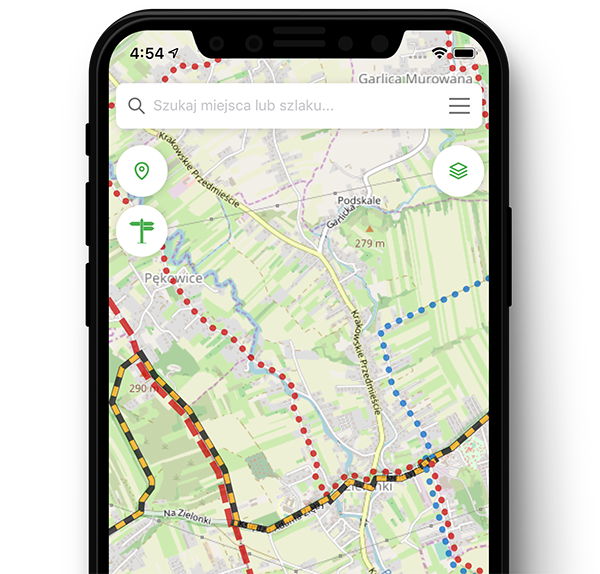The first parish in Iwanowice was established in 1293. No information has survived about its first church; the second, a wooden one, was built in 1408. According to local legend, the owner of the village offered to donate the wood for the church on the condition that the parishioners haul it to the construction site overnight. The parishioners were so motivated that they brought in enough material not only for the church, but also for a homeless shelter.
In the mid-16th century, the church was converted to a Calvinist church and, in accordance with the tenets of the Protestant confession, stripped of all adornment. In the following century, Prince Aleksander August Czartoryski, the owner of Iwanowice, started comprehensive renovation works that were crowned with the foundation of the current Holy Trinity church in 1745, using parts of the older, Gothic structure.
The original 18th-century wooden tavern in the centre of the village now houses the regional museum (with mostly archaeological and ethnographic collections).
Located near Iwanowice, the Dłubnia River valley is an attractive tourist and natural area. At the end of the 19th century, practically every village had a watermill situated along the river for grinding grain, powering the smithy or producing paper. The valley is also known for its many springs, some of whose waters had unusual and pretty colours (e.g. the Jordan spring in Ściborzyce). The stretch of the Dłubnia from Iwanowice to Maszków is called the "Dłubnia River Gorge" or "Little Ojców"; while less often visited than Ojców, it is certainly no less worth seeing!

 Polski
Polski Deutsch
Deutsch Slovenský
Slovenský

